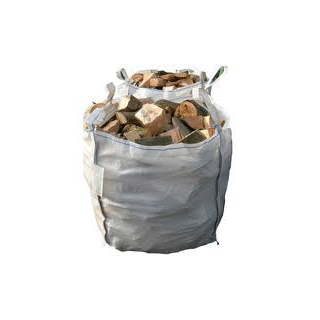Burning wood – are you trying to save money?
Do you go and forage for your own wood to burn? You may find that in the long run this is costing you more money and impacting on the environment as well as causing damage to your wood burning stove and chimney. There are some simple guidelines to follow when burning wood.
Update: In February 2020 the UK government announced plans to ban wet wood and house coal from the UK. Read our article which clarfiies the situation.
Heading: No ban on wood-burning stoves, repeat no ban on wood-burning stoves
Different types of wood
Unseasoned firewood is a dark/mid brown colour and often has a green tinge to it. It has no cracks in the ingrain of the wood. These logs have about a 45% water content and are much heavier to lift. When burning unseasoned firewood more energy is used to burn the wood as the moisture content needs to evaporate up the chimney. This means you will have a cooler fire. As the wet wood or green wood as it is sometimes called is burnt it will cause a build up of creosote, a black sticky tar substance that clogs up your chimney, pollutes the environment and causes the glass in your fire to turn black. This substance is the main cause of chimney fires. If left unattended it could burn down your house or at the least cause damage to your chimney. An annual chimney sweep is always recommended for those with wood burning fires.
To minimise the risk of this, it is suggested that you use wood which is a light yellow colour with bark peeling off it and has cracks in the ingrain.
This type of wood is light to carry and when knocked together has a hollow thud sound. That sound should be music to the ears of those looking at burning wood and achieving the best results!
Harvesting your own logs
If you wish to harvest your own wood/logs ensure that they are no more than 3-4″ in diameter. If they are the logs need to be split down the core using an axe or wedge and mallet. The smaller the size, the quicker they will dry out. These should be then evenly stacked in a dry airy storage unit If the wood is being stored outside on the ground then it is essential that it is placed on bearers such as pallets so it can dry out easily. You need to make sure that the grass around the wood is kept down as this will grow and prevent the wood from drying out. Wood should be stored for a minimum of 6 – 12 months in order for it to dry out. It should ideally have a moisture content of 20%-25%. A moisture meter is ideal for this.
Hardwood such as oak or ash is better than softwood such as conifers. Hardwood takes up less storage space per tonne than softwood. It also burns for longer and gives of a higher calorific value, keeping your room warmer and you will find out that you will not have to get up to fill your stove as often.
Who would have thought something as simple as burning wood could be so interesting!

